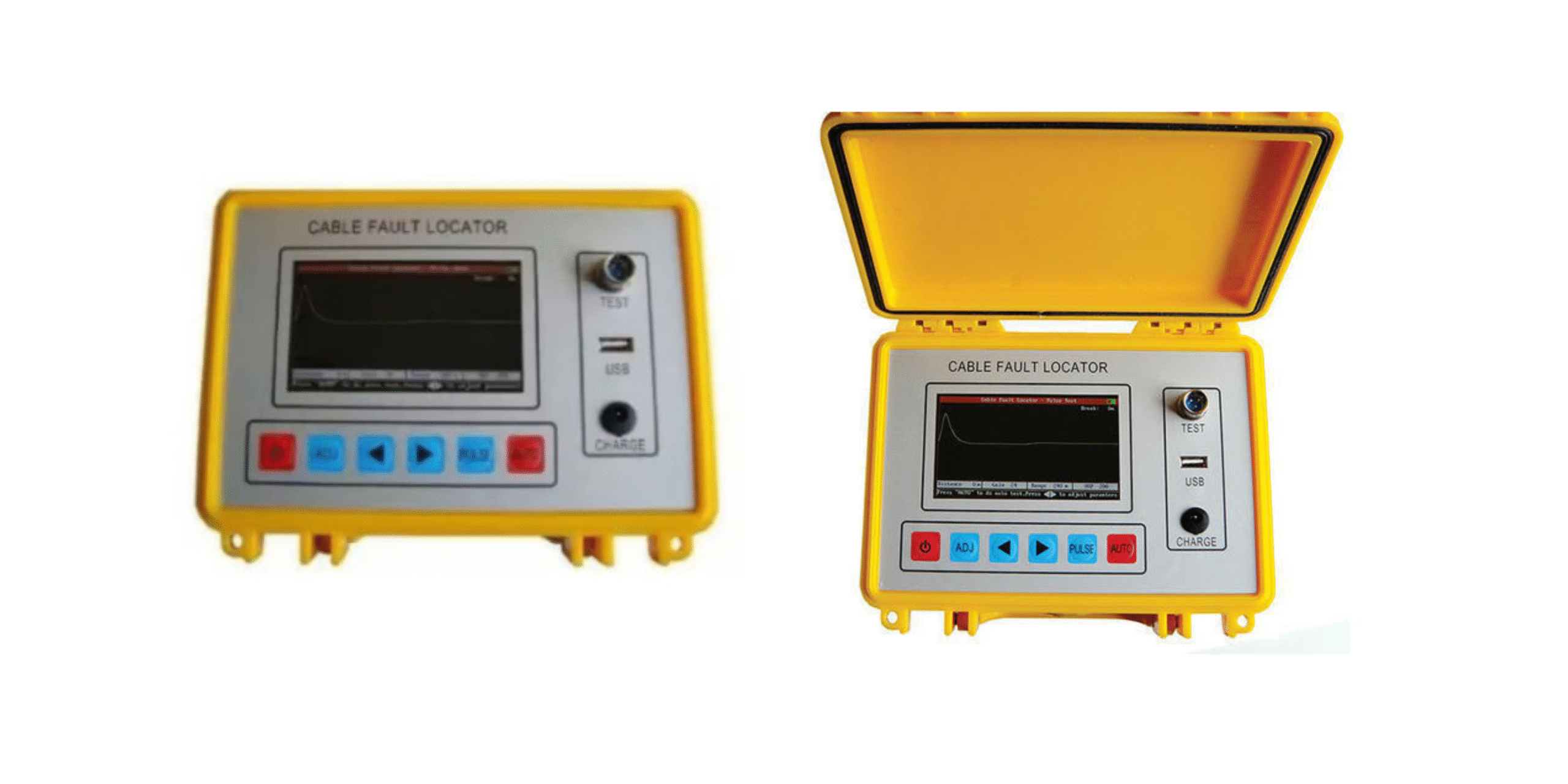Top 10 Expert Practices For Accurate Underground Cable Detection
Underground cables are used for power, communication, and data lines. These cables are hidden and must be located before digging starts. If they are not found, damage may be caused during work.
Services may get disrupted, and repairs can be expensive. To avoid such problems, detection should be done properly. The right tools and methods must be followed. Accurate results can be ensured by using best practices.
The tips below can help prevent mistakes and accidents.
Use the Right Detection Equipment
Proper detection tools like Underground Cable Fault Locators must be chosen before work starts. Accurate signals can be received using correct equipment only. The wrong tool may cause false or missed results. Each device is made for a specific type of cable.
Deep cables are better detected with advanced tools. Signal strength can be improved with the right settings. Equipment should be matched with site conditions carefully.
Manufacturer’s instructions must be followed during operation. Regular updates must be installed on digital tools.
Calibrate the Device Before Every Use
The device must be calibrated before it is used. Accurate signals can be received after proper calibration steps. Wrong readings may be given by uncalibrated equipment. Each site may need different calibration settings and checks.
Default settings should not be used without verification first. Instructions must be followed as given by the manufacturer. Tools are often tested during the calibration process.
Check for Updated Utility Maps
Updated utility maps should be collected before starting the work. Old maps may not show the latest cable positions. Changes might have been made after older maps were created. Correct information can be ensured using updated utility records.
Maps must be requested from local utility service providers. Errors can be avoided by checking maps carefully. Cable depths and routes must be studied before detection. Extra care should be taken near unknown cable areas.
Perform a Visual Site Survey First
A visual survey must be done before using any tools. Signs of buried cables can be seen on the ground. Markings, poles, or boxes may show where cables run. Damage signs should be noted before work is started.
Surface features must be checked for hidden utility clues. Nearby buildings may help in understanding cable paths. Unusual land shapes should be observed and marked carefully. Survey results must be shared with the detection team.
Use Multiple Detection Methods Together
Better accuracy can be achieved using more than one method. Each method works differently and gives unique signal types. Mistakes can be reduced when results are compared carefully.
Electromagnetic tools should be used with ground-penetrating radar together. Weak signals can be confirmed using another reliable method. Cable depth can be measured more clearly with combined tools.
Cross-checking must be done to avoid missing hidden lines. Extra care should be taken in complex cable areas.
Mark Detected Cables with Clear Signs
All detected cables must be marked with visible signs. Paint, flags, or markers should be used for marking. Bright colors must be chosen to avoid confusion onsite. Cable paths must be marked from start to end.
Depth details should be written near the marking points. Workers must be informed about all marked cable lines. Rechecking should be done to confirm marked positions clearly.
Avoid Working During Bad Weather
Detection work should not be done during bad weather. Heavy rain can affect the signals sent by devices. Wet ground may cause wrong readings and signal loss. Equipment can be damaged if used in harsh weather.
Safety risks are increased during lightning or strong winds. Work must be delayed until conditions become safe again. Clear weather helps in getting more accurate results.
Train Staff on Equipment and Safety Rules
All staff must be trained before handling detection equipment. Proper use of tools should be taught clearly and carefully. Safety rules must be explained and followed by everyone. Mistakes can be reduced when workers are well trained.
Equipment damage can be prevented by correct handling methods. Regular training sessions should be held to update knowledge. Emergency procedures must be taught and practiced regularly.
Staff performance should be monitored to ensure safety compliance. Better results are achieved through skilled and trained teams.
Follow Local Safety Regulations Strictly
Local safety rules must be followed at all times. Work permits should be obtained before any digging begins. Safety standards must be checked regularly for any updates. Penalties can be avoided by obeying all legal requirements.
Proper protective gear must be worn by all workers. Inspections should be done by authorities as required. Emergency contacts must be kept ready for quick response. Unsafe practices must be reported and corrected immediately.
Recheck the Site Before Digging Begins
The site must be rechecked carefully before digging starts. Detected cable locations should be confirmed once again clearly. Mistakes can be avoided by doing a final check with Cable Route Locator. Equipment must be used again to verify all markings.
Changes in the ground since the first check should be noted. Workers must be informed about any updated cable positions. Safety protocols should be reviewed before work is carried out.

